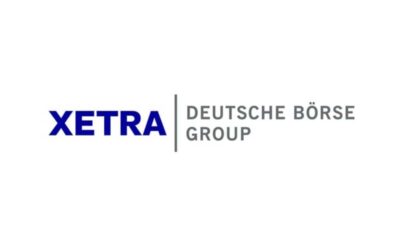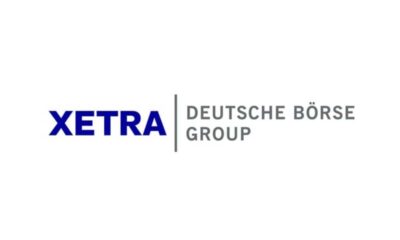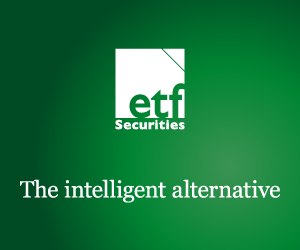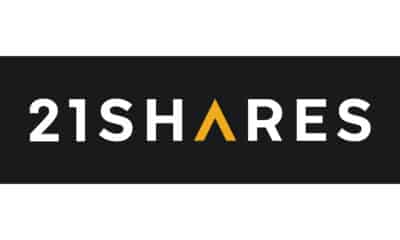ETF Securities Commodity ETP Weekly US Crude Dip Attracts Inflows
22nd consecutive week of inflows into long WTI ETPs.
Greek bailout extension triggers outflows from ETFS Physical Gold (PHAU).
Platinum sees inflows as major producer cuts capital spending.
Depressed wheat prices attract inflows into long wheat ETPs.
China’s interest rate cuts on the weekend set the tone for another week which looks to be dominated by monetary policy activity. A series of central bank meetings globally will keep investors focused on the possibility of any further surprise monetary loosening in response to deflationary pressures. Janet Yellen’s testimony to congress last week highlighted the importance of the state of the economy to the pace of any US interest normalisation. This will encourage investors to pay even closer attention to the US non-farm payrolls reading due at the end of the week.
22nd consecutive week of inflows into long WTI ETPs. Investors continue to demand exposure to US crude with long WTI ETPs drawing US$50.7mn of inflows as the price remains at attractively low levels. This week WTI fell considerably more than its global counterpart causing the spread between crude benchmarks to widen to the highest level in 13 months. The 5.8% weekly decline in WTI was driven by reports that US crude inventory increased by twice as much as forecasted last week, stoking fears that shale oil is causing a supply glut in the US oil market.
Greek bailout extension triggers outflows from ETFS Physical Gold (PHAU). Euro group finance ministers reached an accord to provide Greece with four further months of bailout funds if certain conditions surrounding Greece’s budget, spending and tax collection are met. The outcome sent equity indices to record levels and caused investors to shed safe haven assets. As a result, PHAU witnessed US$33mn of outflows, reversing inflows from the prior week. The gold price fell in response to the deal but pared losses as Janet Yellen’s testimony to congress was interpreted relatively dovishly by the market.
Platinum sees inflows as major producer cuts capital spending. Platinum hit a five year low during the week before rallying 0.9% as Impala, the world’s second largest platinum producer, revealed that it intends to cut capital expenditure over the next two years in response to low platinum prices. Last month saw US$67mn flow into long platinum ETPs as investors positioned themselves for a price recovery from tighter supply conditions.
Depressed wheat prices attract inflows into long wheat ETPs. ETFS Wheat (WEAT) witnessed the largest inflow since July last year. Investors are viewing the current low price level as a potential buying opportunity. Prices have fallen 14.7% YTD as US wheat exports experience tough competition on international markets from European competitors. Furthermore, bearish sentiment has been stimulated by a USDA report which forecasted that US wheat inventory levels will reach a multi-year high in the 2015/16 crop year.
Key events to watch this week. Central bank meetings at the European Central bank, Bank of England, Reserve Bank of Australia, and the Bank of Canada will ensure monetary policy remains the key focus for investors next week. In the US, nonfarm payrolls will closely watched as it will be a good indication of whether the US economy’s robust recovery remains on track and give policymakers further reason to tighten monetary conditions.
Video Presentation
Josh Tiwana, Research Analyst at ETF Securities provides an analysis of last week’s performance, flow and trading activity in commodity exchange traded products and a look at the week ahead.
Important Information
This communication has been provided by ETF Securities (UK) Limited (”ETFS UK”) which is authorised and regulated by the United Kingdom Financial Conduct Authority.

 Nyheter1 vecka sedan
Nyheter1 vecka sedan
 Nyheter3 veckor sedan
Nyheter3 veckor sedan
 Nyheter3 veckor sedan
Nyheter3 veckor sedan
 Nyheter4 veckor sedan
Nyheter4 veckor sedan
 Nyheter3 veckor sedan
Nyheter3 veckor sedan
 Nyheter1 vecka sedan
Nyheter1 vecka sedan
 Nyheter3 veckor sedan
Nyheter3 veckor sedan
 Nyheter2 veckor sedan
Nyheter2 veckor sedan























